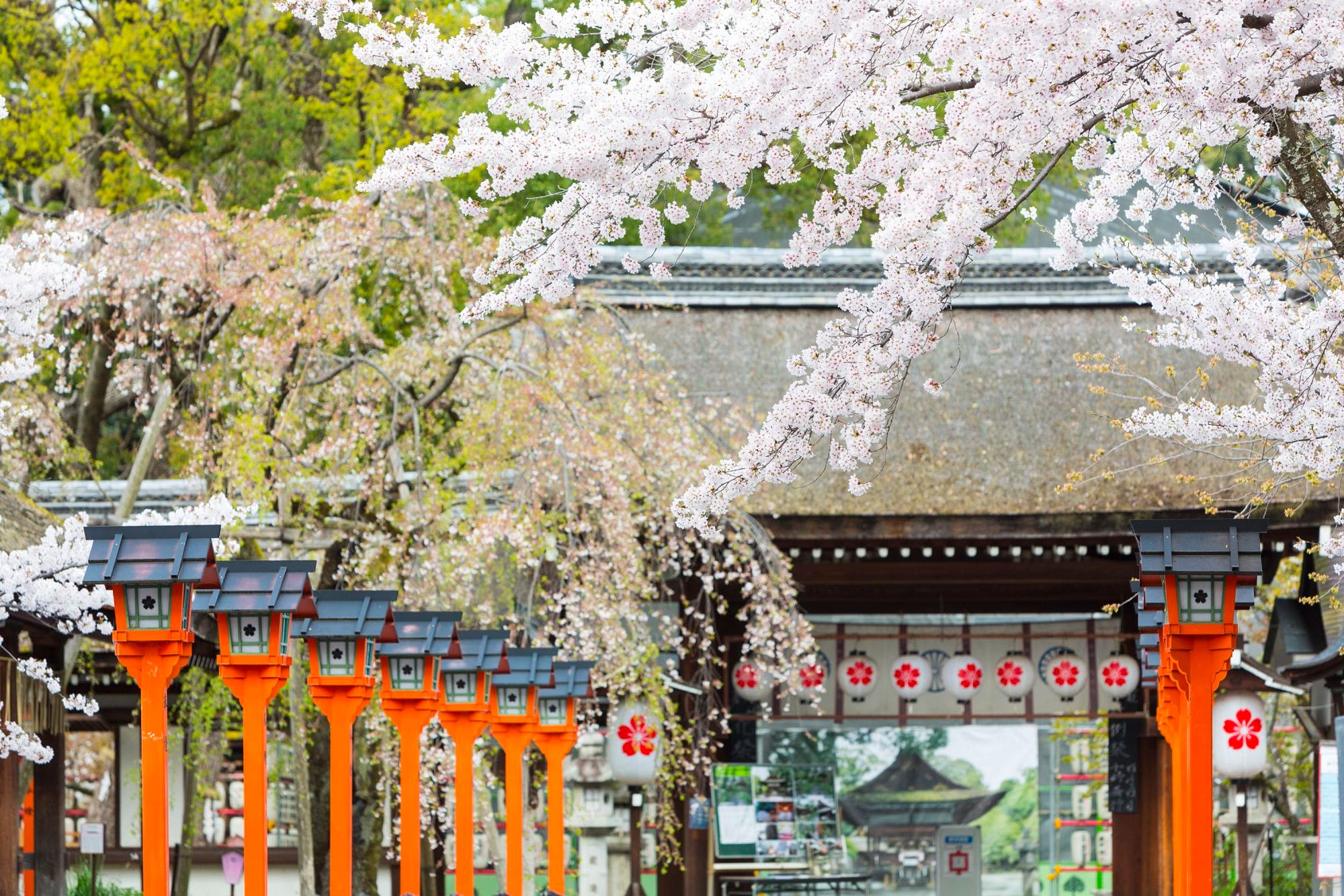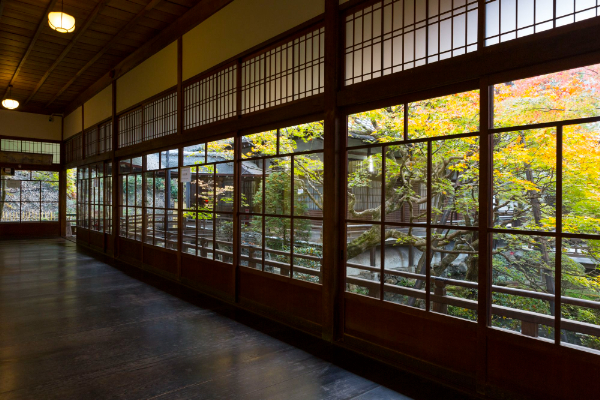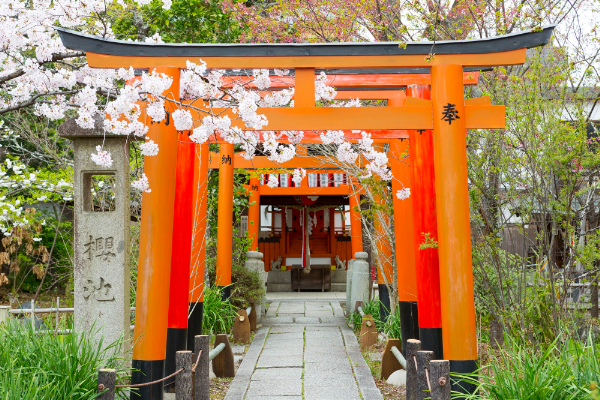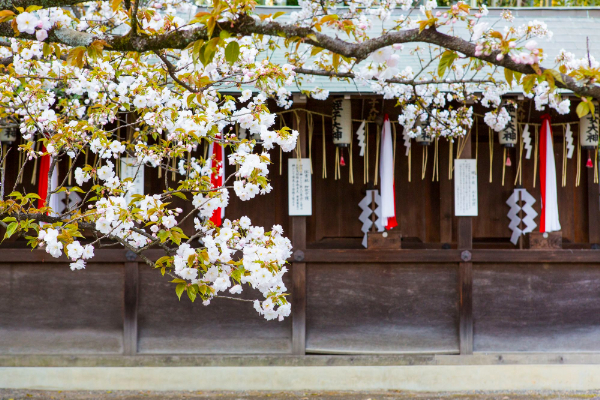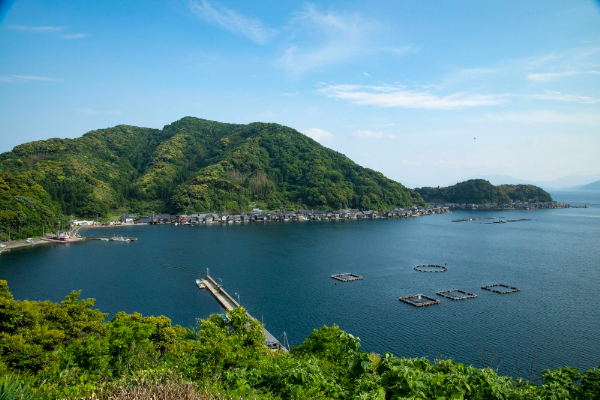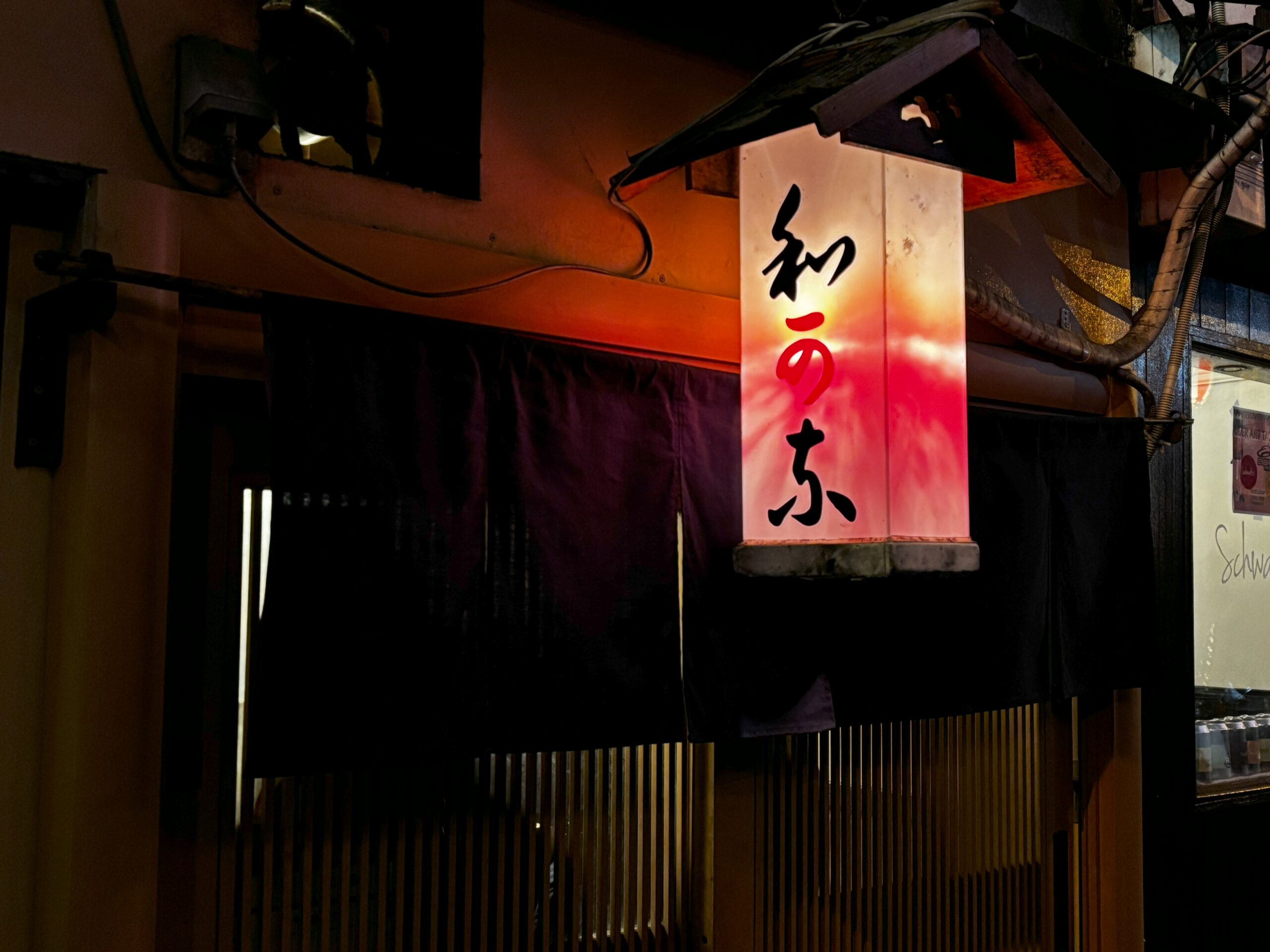Kyoto
Kyoto – the cradle of Japan’s soul for over a millennium – invites you into its poetic past.
Explore the old capital’s iconic temples and shrines, such as Kinkaku-ji (the Golden Pavilion) and Fushimi Inari Taisha, renowned for its thousands of vermilion torii gates. Visit traditional districts like Gion, where you might spot geisha, and stroll through tranquil gardens to experience Kyoto’s blend of history and art. Beyond the city, uncover the beautiful natural scenery that locals cherish, revealing another side of Kyoto’s charm.
Kyoto is not just a destination; it is a timeless dance between history, culture, art, and nature.






